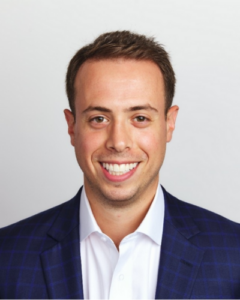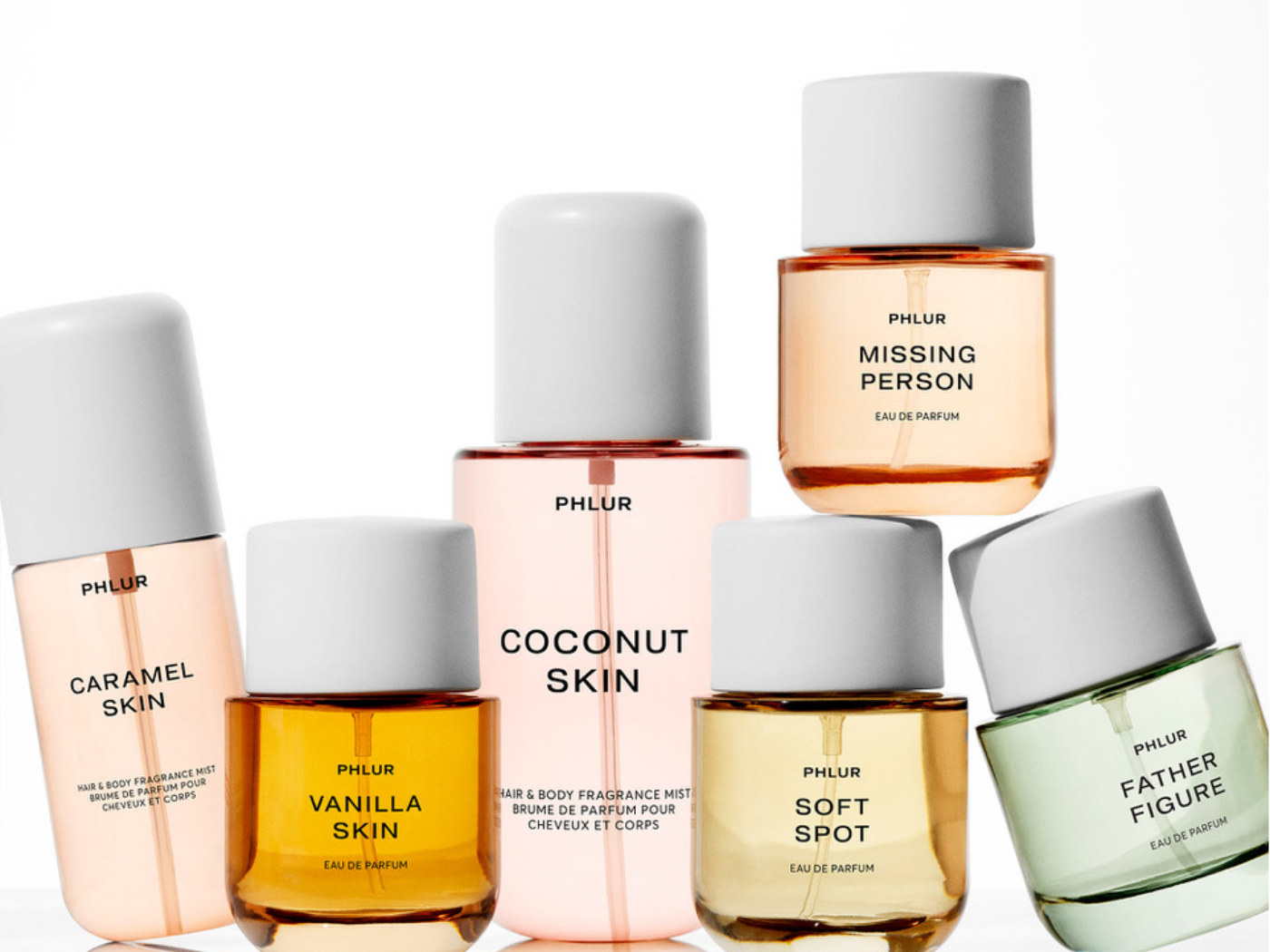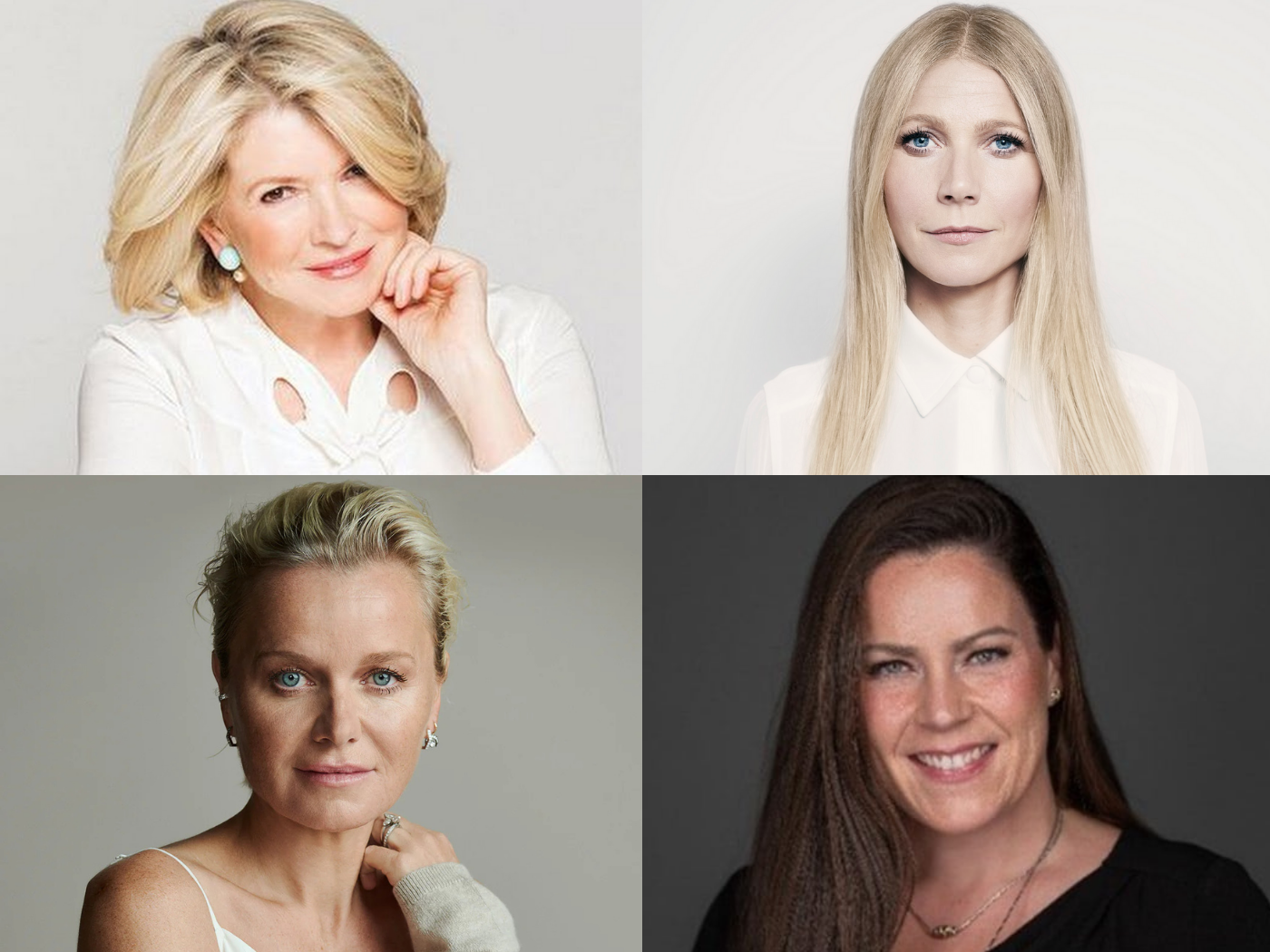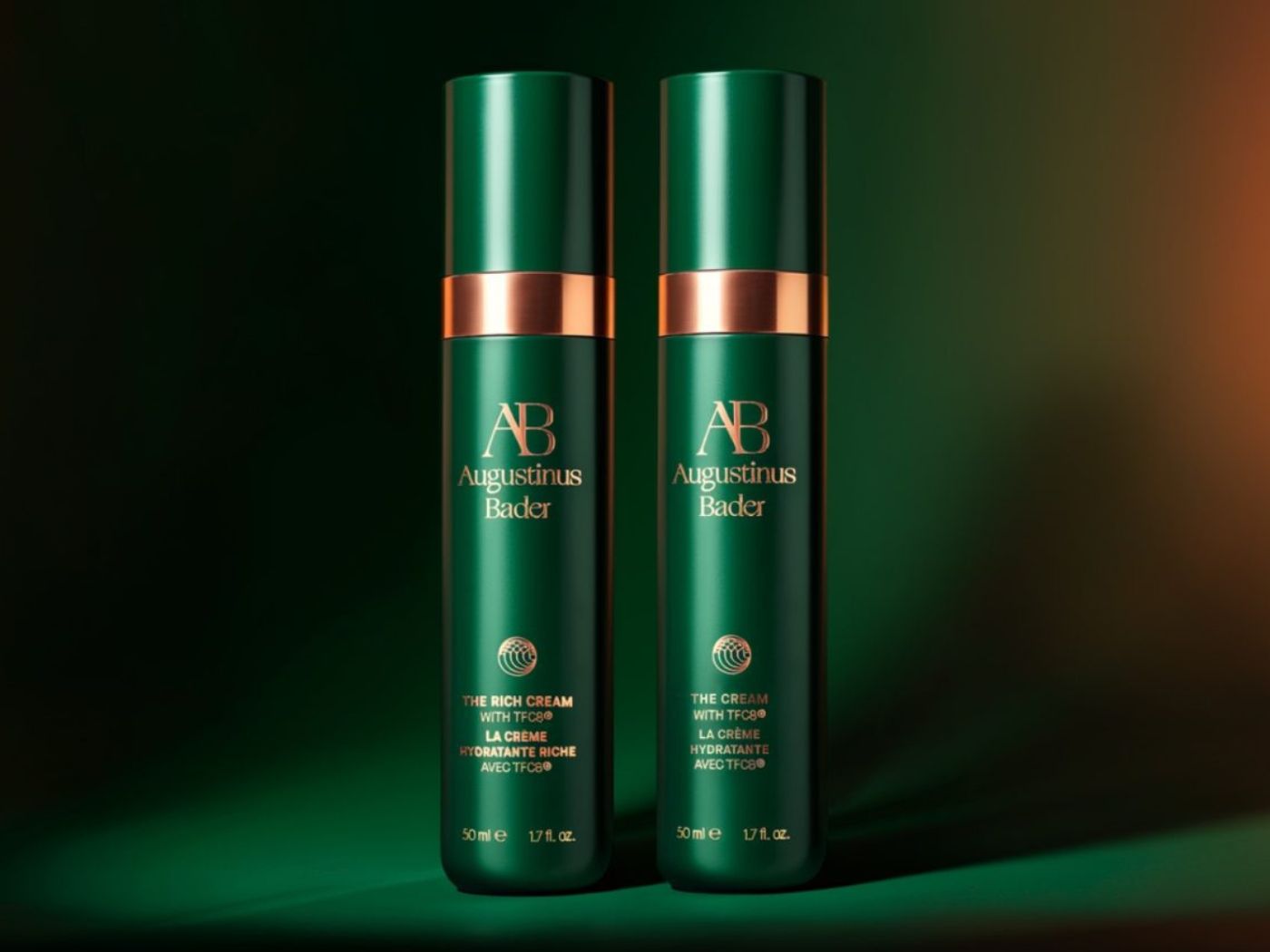Over the past several years, beauty has proven to be one of the most deal-driven corners of the CPG sector. Unilever’s rumored $1.5 billion acquisition of men’s grooming brand Dr. Squatch this past June, as well as its rumored $2 billion acquisition of digital-led skin care brand Paula’s Choice in 2021, and Shiseido’s $845 million acquisition of clean skin care brand Drunk Elephant in 2019 have set the bar high.
In fragrance, TSG Consumer Partners’ July investment in Phlur, along with the February sale of KAYALI to co-founder Mona Kattan in partnership with General Atlantic, signals the growing power of founder-led, storytelling-centric brands.

Behind the headlines, however, runs a clear through-line: M&A remains the lifeblood of the industry. From fragrance to skin care and color cosmetics to hair care, M&A is a key pillar for conglomerates to maintain relevant brand portfolios, tap into emerging categories, and secure innovation, said Kevin Kim and Jonah Weisel, Directors of Consumer Investment Banking at Raymond James. The global financial services firm has been involved in several recent deals, including transactions this summer for OSEA, BYOMA, Phlur, Magic Molecule, Space NK, and Dr. Squatch, as well as previous large-scale transactions including Summer Fridays, K18 Hair, and Hero Cosmetics.
“M&A in beauty is very much alive,” Kim told CEW. “Earlier this year, there were some who feared tariffs and other headwinds meant beauty M&A was dying. But we are continuing to see healthy deal activity. Acquisitions are core to how the beauty industry operates, especially for the global strategics. They are constantly searching for incremental growth vectors and this imperative to buy, scale, and grow isn’t going away.”
Phlur, the cult-favorite fragrance brand launched in 2021 by influencer and blogger Chriselle Lim, was a deal Raymond James led, which ultimately saw the brand sell for an undisclosed sum to TSG Consumer Partners.
“Over the last few years, consumers have been engaging with fragrance differently,” Kim said. “Phlur is bringing something unique. Fundamentally, fragrance is an emotional story, and Phlur has leaned into emotion-led marketing and community-driven storytelling in an incredibly powerful way.”
Weisel noted that Raymond James has had “a strong year with several deals closing” despite challenges such as tariffs, wars, and interest rates.
“On one side, a lot is shifting at the macroeconomic level, creating uncertainty,” he said. “But at the same time, we’re still seeing strong consumer demand leading to growth amongst among leading independent brands and a solid pace of M&A activity. At the end of the day, M&A is the lifeblood of strategic organizations.”
Kim added that clinical skin care remains especially attractive to investors “at all price points, from mass to luxury. Hair care too, especially multi-channel brands that operate both in salons and retail. Ultimately, though, the most important factor is developing a differentiated brand with a unique voice and product offering.”
For start-ups, headline-grabbing acquisitions in the hundreds of millions serve as powerful motivators, reinforcing the appeal of a fast-track exit strategy. But Kim cautioned that investors bring exacting criteria, starting with differentiation. “They’ll ask, what is this brand’s reason for being? Does it truly need to exist?” he said. “If the answer is a clear yes, then growth and profitability come next — but only if that growth is sustainable, not artificially inflated.”

That theme of differentiation runs through the market, continued Kim. “With rapid technological developments lowering barriers to entry, combined with strong entrepreneurial energy means there’s more competition than ever. The brands that stand out — like Drunk Elephant with Shiseido or Tatcha with Unilever — succeeded because they had a very clear point of view when they emerged and scaled. That’s still true today: clarity, focus, and differentiation are what attract investors.”
Weisel added that acquirers and investors are now laser-focused on profitability and scalability. “During and before COVID, many brands were acquired when customer acquisition costs were highly favorable. Now, it’s more challenging than ever for young brands to scale profitably purely through DTC. The focus has shifted to omnichannel brands with full ecosystems — key retailers plus digital, to showcase scalability and proof of concept at all consumer touchpoints.”
That dovetails into a larger focus on margins. “We constantly advise younger brands to focus on profitability from day one,” Weisel said. “If they scale, but have no clear path to unlock operating margins, they are far less likely to be attractive acquisition targets.”
For acquirers, the “sweet spot” begins when brands approach meaningful scale. “Each situation is different, but we typically think of $75 million to $100 million in net sales as the benchmark to unlock strategic acquirer interest,” Weisel explained. “There are some acquirers who will look earlier and some who have a higher threshold, so it ultimately comes down to which organizations are the most logical home for a brand.”
Beyond size, buyers look for strong fundamentals: differentiated positioning, best-in-class products with proven efficacy, repeat purchase rates, and founder teams willing to stay on after acquisition. “More than ever, acquirers are looking to retain teams post-acquisition to continue driving growth and maintain the brand DNA,” Weisel said. “Acquirers expect partnership with management teams to help shepherd the brand into the next phase of its journey.”
Both executives pointed to pitfalls that can derail even the most promising deals. “Red flags often appear around formula ownership and claims substantiation,” Kim said. Weisel agreed: “In today’s crowded marketplace, brands look to stand out with product claims featured on packaging, marketing, social, or websites. It’s always critical to ensure you have proper substantiation before making a marketing claim. Without it, acquirers worry about downside risk, including potential litigation or needing to remove the claims which helped the products sell successfully in the first place.”
Looking ahead, both see ample opportunity. Whitespaces remain across beauty and adjacent categories — from ingestibles and wellness to aesthetic medicine — and private equity continues to be active, from giants like Blackstone to emerging growth equity players. Value, too, is becoming a driving force. “K-beauty’s latest wave shows that effective products at $20 to $25 can rival prestige brands,” Kim said. “Value doesn’t just mean low price — it means delivering a clearly articulated benefit at any price point.”
For founders hoping to capture investor interest, both stressed preparation is key. “Cleaning up the back of house is a must,” Weisel advised. “Buyside diligence is extensive and digs into every facet of a business. We always conduct thorough legal and operational checks and ensure the proper team structure is in place before any discussions start. These are hard to things to fix on the fly.”
Above all, both cautioned against building with only a quick sale in mind. “Brands need to be built for the long term,” Weisel said. “If you’re focused on a short-term exit, you may end up chasing trends and not building sustainably or for the unique identity of your brand.”
Kim echoed that sentiment: “Founders should focus on making the best product and brand possible. Brands with true differentiation — whether through proprietary technology, brand identity, or unique positioning — attract more opportunities than brands built solely for an exit.”



